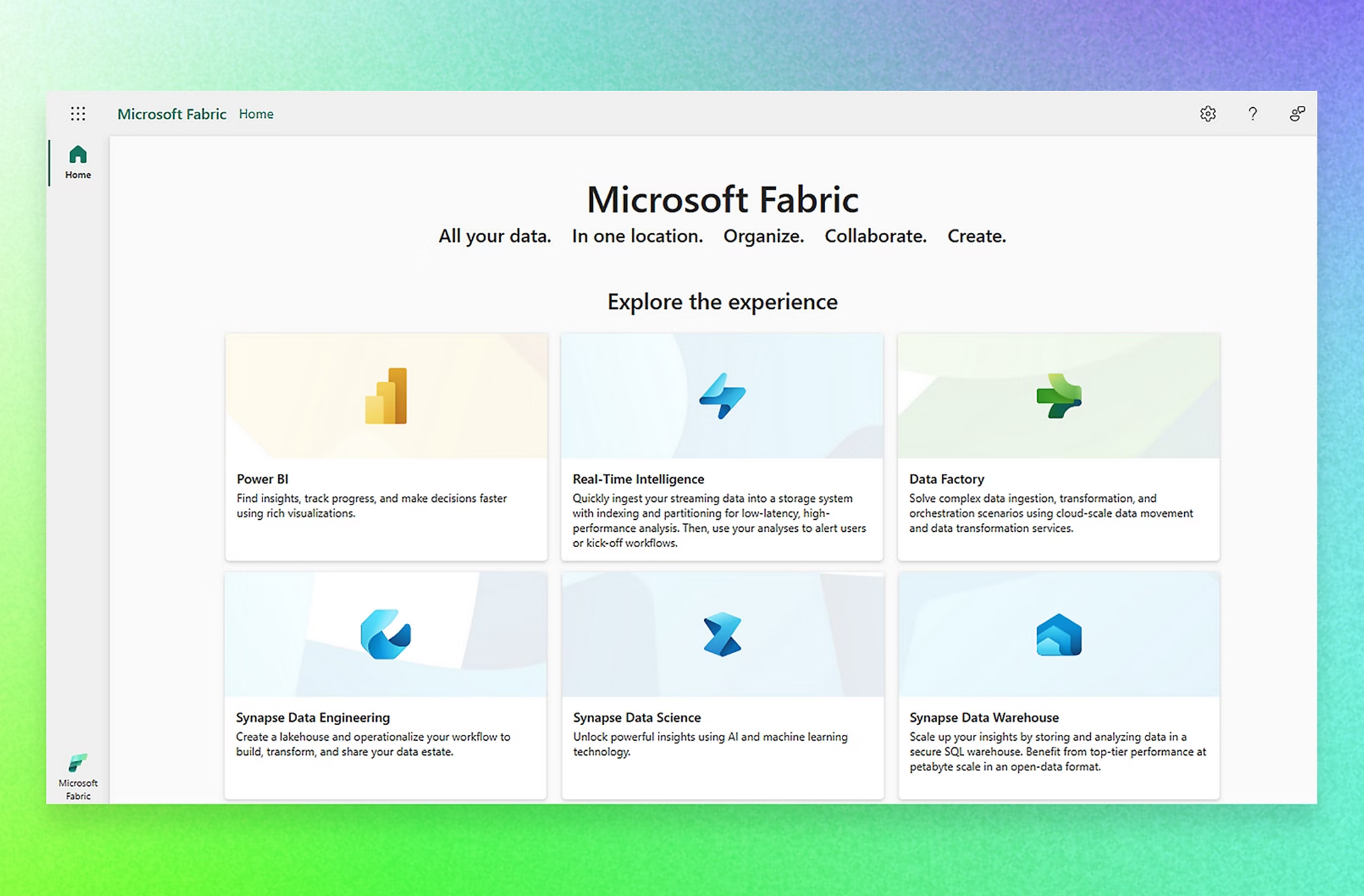
harnessing the power of Artificial intelligence in local government
Understandably local government organisations are looking to reap the benefits from Artificial Intelligence but many are struggling to know where to start.
In preparation for some recent meetings with the leadership teams of a few councils, I produced a note to give context to our discussion and help those around the table to define their starting point.
Inspired by a recent article by Mckinsey, here it is adapted for my latest blog to aid other councils who want to harness AI.
AI AND DATA – LET’S BE SPECIFIC
It’s important for organisations in all sectors to be specific when discussing AI. A lack of precision in language by leadership teams can lead to confusion, inefficiency and unmanaged risk.
In November 2022 OpenAI launched ChatGPT unleashing intense media and public interest in Generative AI (GAI) and Large Language Models (LLMS).
Since then AI related terms and language have become unhelpfully conflated making it hard for executive leadership teams to separate signal from noise for their own context.
It’s hard for executive leadership teams to separate signal from noise for their own context.
To be truly effective it requires significant business change such as breaking down departmental silos and a data literate workforce.
THE DIFFERENCE BETWEEN TRADITIONAL AI AND GAI
GAI has democratised AI in a way not previously seen. Users don’t need a degree in machine learning to interact with or derive value from it. Almost anyone who can ask a question is able to use it. Unlike previous AI, GAI gives rise to many different uses at the same time – GAI runs in parallel whereas traditional AI runs in series. GAI is powered by Foundation Models, which contain expansive neural networks trained on vast quantities of unstructured, unlabelled data in multiple formats.
What is now sometimes called “traditional AI” has been around for some time.
Although few public sector organisations have exploited the technology at scale, larger organisations such as the MOD or HMRC have been building data science teams and creating models to drive automated and predictive decision making. This type of AI can be highly effective but is narrower than GAI. These AIs perform one primary task at a time, for example, predicting customer churn or viewers’ content preferences.
Traditional AI requires appropriate technology, new skill sets such as data engineers and data scientists, and significant preparatory work to clean, label and transform data to inform models and algorithms. To be truly effective it requires significant business change such as breaking down departmental silos and a data literate workforce. This complexity and cost explains why, to date, most AI projects have been the preserve of larger organisations with large budgets.
However, even in traditional organisations with large budgets the path to tangible outcomes from traditional AI has not been smooth and its promise remains stalled. This is due to an underestimation of the extent of change required to truly exploit AI at scale and a concomitant lack of investment in data.
WHERE DOES DATA FIT IN?
Data drives the value of most modern technology developments including AI. AI models need to be trained by data to assimilate enough information to automate processes, make decisions and convey information. Even if an organisation chooses to use an off the shelf GAI platform, such as Co-Pilot from Microsoft, there is preparatory data work to be done:
- When is GAI ok to use (given its “hallucinations and risk of bias”)?
- Will it include data stored in any internal systems?
- In Local Government how accessible is the data in those line of business applications?
- What state is that data in?
- Do we need to hire/train Prompt Engineers to structure appropriate queries?
We can assume that the application of GAI and traditional AI will be significant for most organisations. But the detail of how that looks and where it will be of most benefit is still unclear. On the other hand, we can be certain that the largest technology opportunities of the coming decade will require clean, labelled, governed and accessible data in order to unlock business opportunities.
We can be certain that the largest technology opportunities of the coming decade will require clean, labelled, governed and accessible data in order to unlock business opportunities.
WHAT SHOULD AND SHOULDN’T EXECUTIVE TEAMS BE FOCUSING ON?
Two things; business use cases and data! AI can be expensive, distracting and, when not properly governed, disastrous from a risk, compliance, and ethical perspective. GAI significantly raises the stakes on what can go wrong and how quickly. Unlike traditional AI it can be applied by so many people to so many situations with limited preparatory work. Therefore, organisations can benefit and reduce their risk by setting out what they will and won’t use it for.
Moving away from technical terms can be helpful to seed this thought process.
For example, GAI will be used to enhance productivity and accelerate workflow. It can do this through:
- Classification – fraud detection, customer satisfaction analysis
- Editing – correcting and improving communications, updating logos across a brand estate
- Summarise – creating images and diagrams to present key points from a board pack
- Answering – asking a “virtual expert” about services, processes or technical designs
- Drafting – creating entire lines of software code or data queries or initial drafting of press releases or strategies.
Applying these to role types:
To date the most common practical applications of GAI in organisations cover the following role types:
- Software Engineering
- R and D
- Customer Services
- Customer Facing Knowledge Workers
- Marketing
Local Government doesn’t tend to differentiate itself through software engineering and R and D. But Councils often have a modern, well invested contact centre and multiple knowledge workers helping citizens in complex areas such as planning, social care, building inspection and revs and bens. These could be two areas from which a GAI proof of concept could be considered.
GAI will be used to enhance productivity and accelerate workflow.
WHERE TO START AND WHAT TO CONSIDER WHEN LOOKING AT AI PROJECTS?
Pivotl would suggest a twin approach of some experimentation underpinned by a strategic approach to data.
Business linked Proof of Concepts can be a good place to start as they promote learning and excitement in a limited, low risk environment. For example, some companies have built virtual experts that enable frontline workers to tap proprietary sources of knowledge and offer the most relevant information to citizens/users. However, on their own they carry a risk of proof of concept fatigue and becoming trapped in endless pilot mode.
Foundations
- Strategy
- Governance
- Discovery
- Literacy
- Security
- Ethics
- Architecture
Engineering
- Sources & Ingestion i.e. event, production & external data
- Pipelines & Transformation
- Storage i.e. lake, warehouse & lakehouse
Analytics
- Collaboration
- Reporting
- Visualisation
- Modeling
- Business Intelligence
Artificial Intelligence
- Data Science
- Production AI/ML
- Platforms
- Applications
- Automations
This is why they should be accompanied by “Data Foundations” as shown in the four stages of data evolution above. The strategy element of this outlines the appetite for use of AI and Data by the Council and sets the guardrails for their use.
The strategy should take into account that GAI will be a useful tool for Local Government but does not represent an existential threat to a Council’s existence. A Council doesn’t need to be a pioneer or leader in GAI and therefore can set its risk profile accordingly. For example, it might choose to pick use cases in the early stages that offer less value than others but that come with a lower risk.
As the Council learns it can become more ambitious in its approach.
Please get in touch if you would like to discuss how AI can benefit your Council.





